
The history of sending Greeting Cards
(or Personal Expression Products as some would now have them referred to!)
PART 1
A visit to any one of the large museums in Europe’s capital cities will reveal that greetings were being exchanged between religious people as early as the Middle Ages – these were generally wood carvings or etchings on wooden plates and were given from one religious leader to another to show solidarity and support of each other’s parishes. Other greeting cards took the form of the ancient Chinese messages of good will which were exchanged to celebrate the New Year and the papyrus scrolls used by the early Egyptians to convey their messages of well being to one another. The Germans are known to have printed New Year’s greetings from woodcuts as early as 1400, and handmade paper Valentines were already being exchanged in various parts of Europe in the early to mid-1400s.
Today the most popular time of year for exchanging greeting cards is Christmas – perhaps linked to the early religious traditions or perhaps simply a result of heavy marketing and increased commercialism surrounding the holiday!
The first known Christmas card appeared in London in 1843, when Sir Henry Cole (who worked for the British Postal Service and was the first Director of London's Victoria and Albert Museum) hired artist John Calcott Horsley to design a holiday card that he could send to his friends and acquaintances. His motivation was lack of time to write personal greetings to all his friends and business acquaintances and so he asked Horsley to produce a personalised card for him. The result was a festive scene lithographed in dark sepia on stiff cardboard (5 1/8 inches by 3 ¼ inches) and afterwards coloured by hand. It showed a traditional Christmas tableau framed in three panels. The family party in full swing in the centre panel was based on three generations of John Horsley’s own family seated round his dining table. On either side, were panels depicting acts of Christmas charity: on the left, feeding the hungry and on the right, clothing the naked "A Merry Christmas And A Happy New Year To You” was printed below the illustration and was at the time a newly coined phrase.
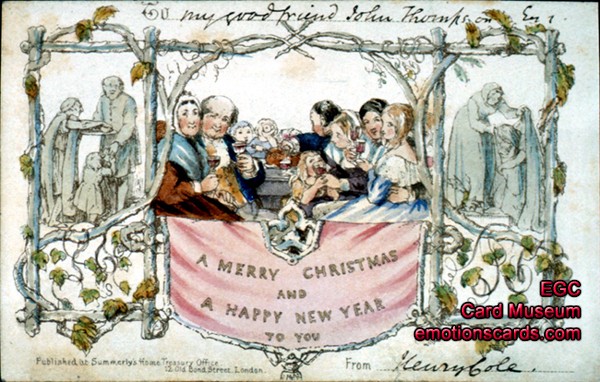
Copyright: www.emotioncards.com
The first Christmas cards appeared in
The industry continued to grow steadily, helped along by advances in colour printing technology, cheaper ways to make and fold paper and improvements in the postal services. Louis Prang’s elaborate designs were soon over-shadowed by cards which were easier to produce in quantity and could keep up with increasing demand. At the same time valentine’s cards started to become popular and have an interesting history in their own right. Designs were often incredibly elaborate and for the first time we began to see cards where the drawn designs were embellished with feathers, beads, bit of lace and scraps of fabric. Today’s hand-made greeting card industry (more about this in the second section of this article to be published here on the 15th of September) harks back to this age and makes use of all manner of bits and pieces to create cards.
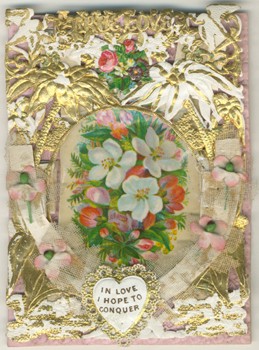
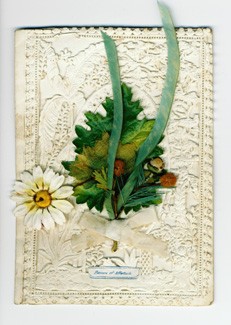
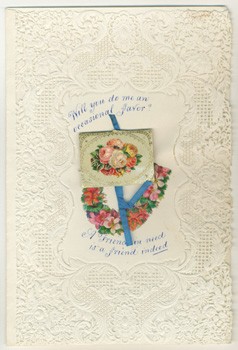
Many of today’s large greeting card companies were founded shortly after the turn of the century. American Greetings for example started up in 1906 when Jacob Sapirstein began a one-man card-jobbing business on the streets of
The illustrations used on cards frequently reflect the changing times – for example Holly Hobbie was first introduced by American Greetings after the Vietnam War protests, civil rights riots and cultural revolution of the 1960s. An antidote to the cultural and economic tumult of the times was needed and Holly Hobbie stepped into the void in 1967 and filled it with a nostalgic style reminiscent of simpler times. With her came the first case of character licensing and by 1977 Holly Hobbie was the most sought after female licensed character in the world.
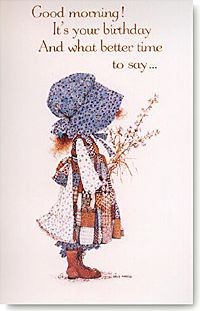
Hallmark Cards Inc. first opened its doors in January 1910 under the watchful eye of its founder Joyce C. Hall who was just 18 at the time. From the onset the company gave uncompromising attention to detail and was rewarded by an almost uninterrupted growth record. Today “Hallmark” belongs to one of the most well-known household names and in 2003 grossed a turnover of around USD 4.3 billion. Holding just over 50% of the greeting card market, Hallmark can risk poking fun at some of the more bizarre political situations which develop from time to time and has never been shy of creating cards which gently and succinctly poke fun at some of the less intelligent statements which politicians and presidents come out with. For example the current Bucky series (part of the “Shoebox” range) is making mincemeat of George Bush’s need to “approve” everything. The text inside the card shown below reads “Paid for by friends of Bucky”.
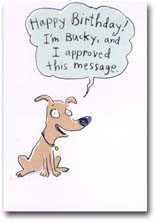
The largest independent retailer of greeting cards in the
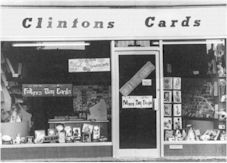
One of the best selling lines at present is inspired purely by the past and the eloquent words of none other than William Shakespeare. The 'Not Quite Shakespeare' cards are full of sparkling wit and repartee, rely heavily on puns and a great deal of poetic license! They are marvellous examples of British humour at its best but you may need to add a word or two of explanation if you are sending any of these cards to friends and family who aren’t quite used to the British way of looking at things!
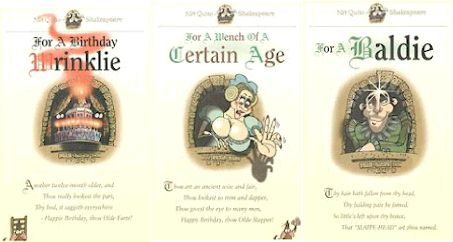
The second part of this article will appear on September 15th and will be dedicated to the greeting card market today – the advent of e-cards, the resurgence of handmade cards and the indefatigable need to express our sentiments and feelings to each other which keeps the whole industry going.
This article was jointly sponsored by The Card Shop (www.thecardshop.ch) for unique and personalised cards in






